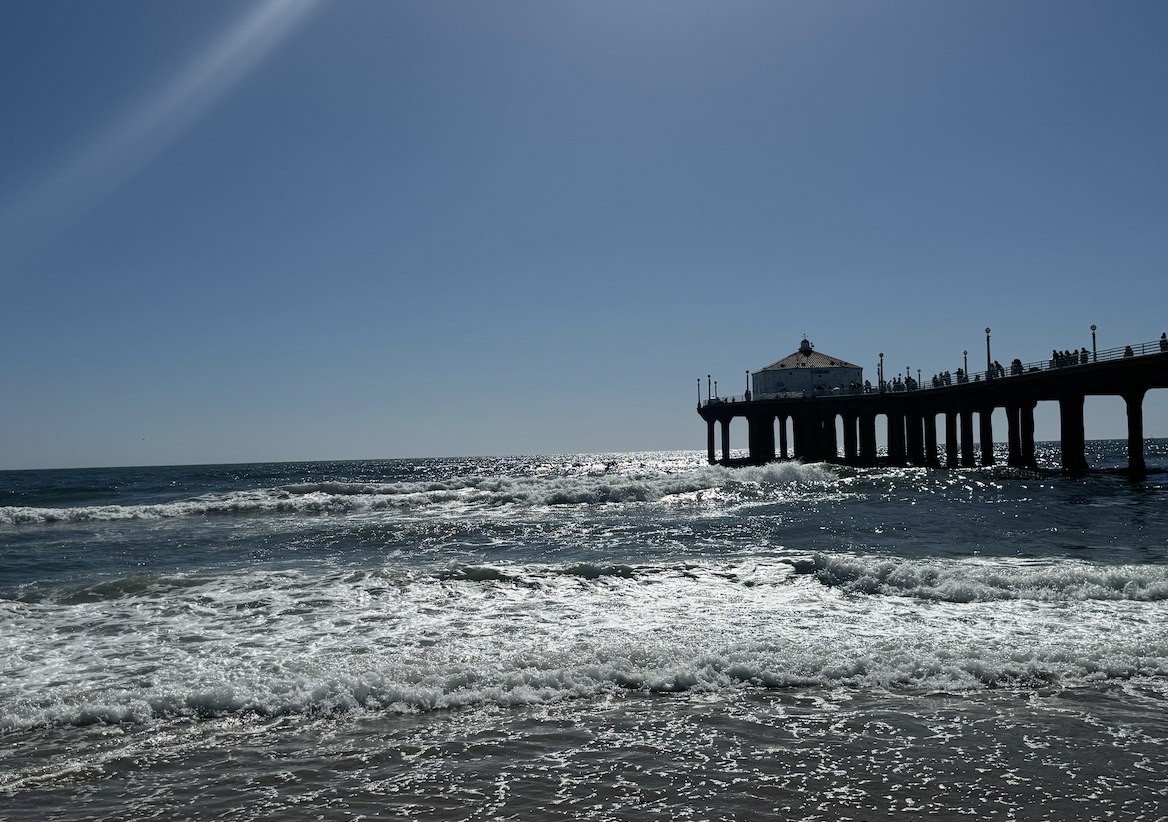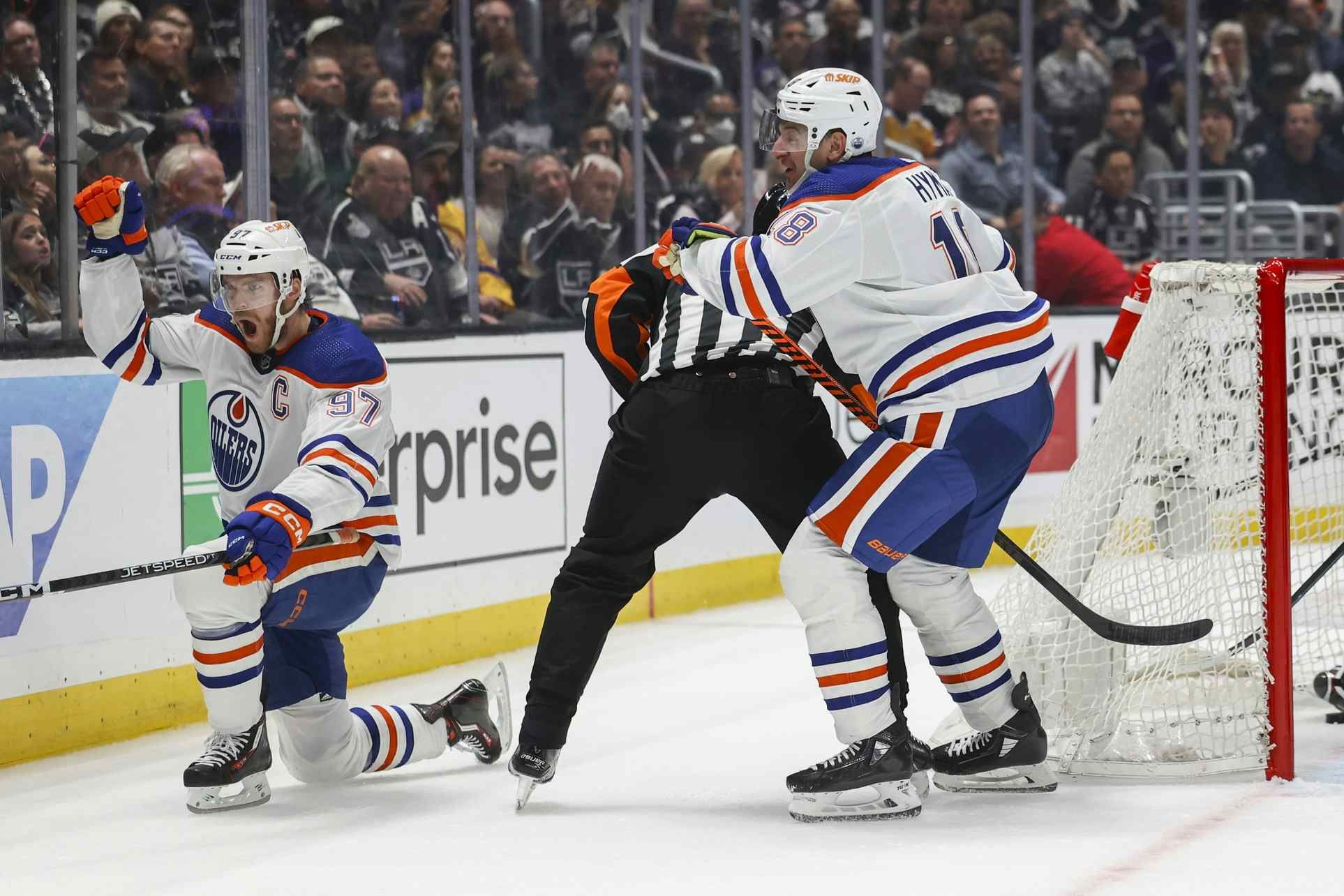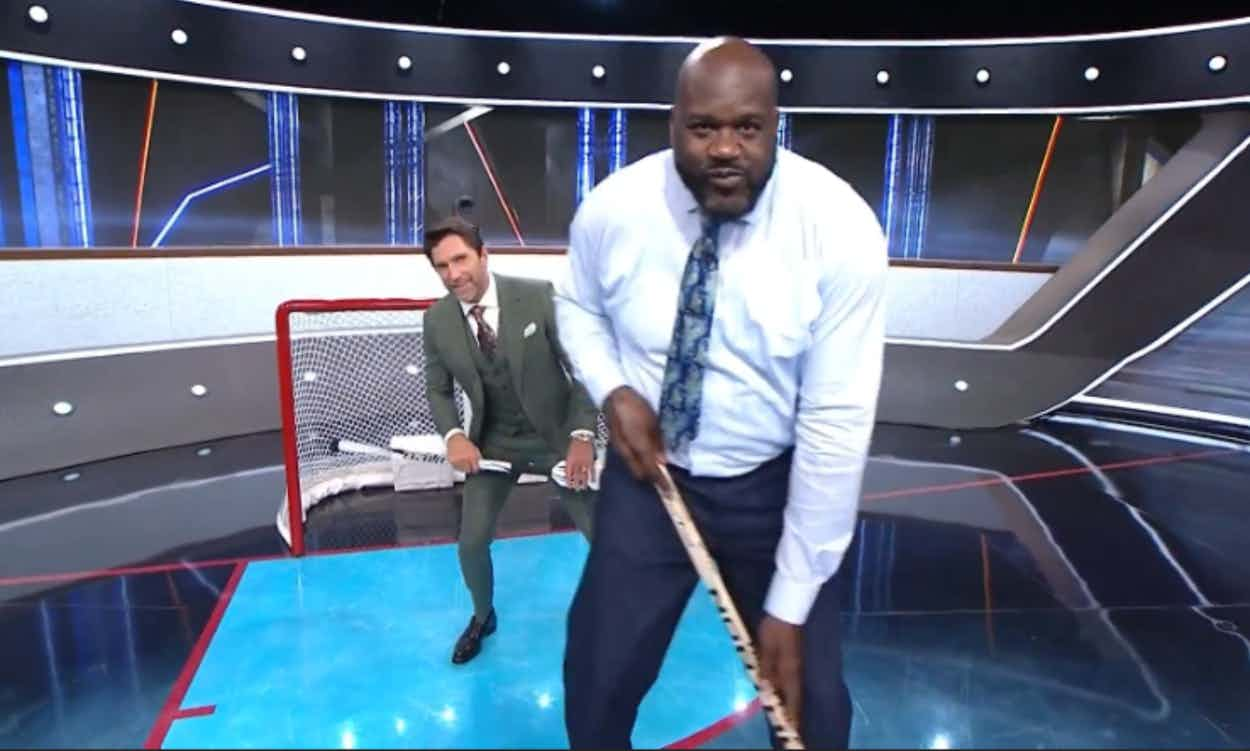The Edmonton Oilers new fourth line isn’t really a fourth line

One of the little items that’s really been overlooked in the hue and cry over the Oilers’ (admittedly poor) centre situation is the fact that the line Edmonton plans to stick Boyd Gordon and Matt Hendricks on isn’t really the team’s fourth line.
It’s much more than that.
Craig MacTavish

June 17 Oilers Now interview:
I think that’s the model that we’re ultimately trying to piece together, where we’d have a fourth line that would have lots of defensive zone starts and be able to play against anybody, and then have three lines that were capable of having success offensively.
June 22 Edmonton Journal interview:
Much like Chicago’s got where they have three lines of offensive guys and a fourth line that can play against anybody. That’s what we’d really like to do. We need (Anton) Lander to step up and (Mark) Arcobello, or add a free-agent forward or two who can compete for those jobs. Maybe somebody who could come in and be a good fit with Yak (Nail Yakupov on the third line). We have the first line (Hall, Nugent-Hopkins and Eberle). If we can draft a guy at centre who can play, then we’d have that guy, Perron and Sam or some form of that.
July 1 press availability:
We’ve talked about how we want to build our team going forward. We want three offensive lines and we want a line, probably centered by Boyd Gordon, that can start much like Chicago is built, that you have another line that you can start predominantly in the defensive zone. Then you’ve got three possession lines, or three lines that you can count on for offence.
We can sum up Edmonton’s general manager thusly: ‘We want a line that can be leaned on for defensive zone starts, the kind of line Chicago has, and we plan to put Boyd Gordon at centre.’
Chicago

The chart above shows the playoff per-game ice time for Chicago’s 12 most-used forwards. The duo that Chicago’s defensive zone unit is built on is Ben Smith and Marcus Kruger – a duo that averaged 13:00 per game at evens and better than 15:00 per game overall.
Brandon Bollig, who was spotted on the line at times, played more typical fourth line minutes, averaging 6:22 per game. But the ice time handed to Kruger and Smith more closely resembles what we’d think of as third-line time – significant minutes at evens, lots of time on the penalty kill, too.
So we can call Smith, Kruger and Bollig a fourth line, but that’s missing the point when Smith and Kruger are getting more minutes than Kris Versteeg and Michal Handzus.
Lines 1, 2, 3, 4

The model that MacTavish is looking to emulate doesn’t fit our typical notion of hockey – two scoring lines (Lines 1 and 2), a checking line (Line 3) and an energy line (Line 4). He’s not alone in this; increasingly around the NHL teams are deploying players in a way out of sync with how EA Sports portrays the game in its NHL series of video games. That’s at least part of the reason why so many NHL coaches get snarky when they’re asked about their third or fourth lines – the traditional view of a third or fourth line doesn’t do justice to their versions of those units.
In the Oilers’ case, if they copy the Blackhawks we’re looking at something more akin to this (lines ordered by ice time):
- Line 1: A power-vs-power unit with significant offensive responsibilities.
- Line 2: An offensive line that can play against good players.
- Line 3A: A defensive specialty unit, occasionally featuring an enforcer but also spotting other players.
- Line 3B: An offensive line that’s generally deployed in carefully selected situations.
There is no true fourth line in this scenario, because none of these lines have the ‘go bang bodies, don’t get scored on’ mentality we associate with the fourth line. All of them have a specific function that relates directly to goals for and against – the 3A line tasked with getting the puck out of the defensive zone without allowing a goal, the 3B line tasked with trying to make hay in ‘soft’ minutes.
RECENTLY BY JONATHAN WILLIS
Recent articles from Jonathan Willis





